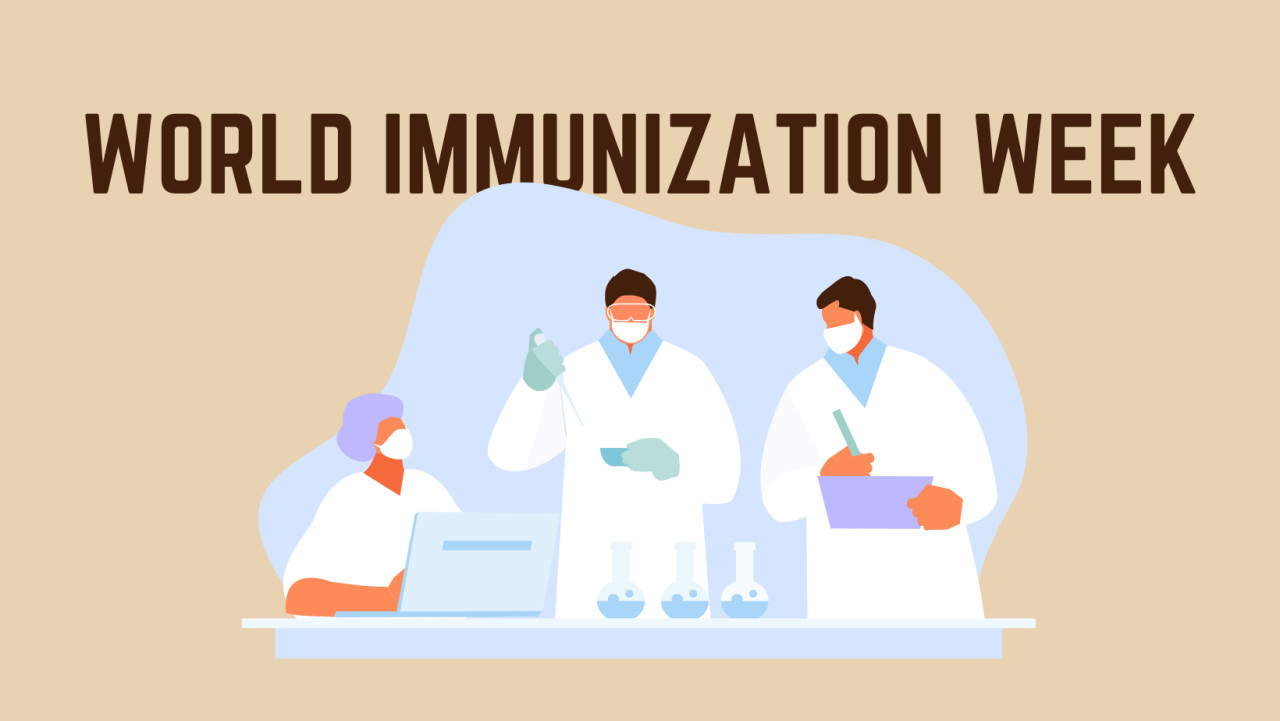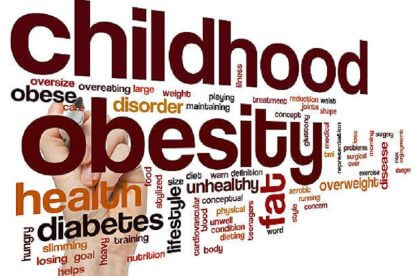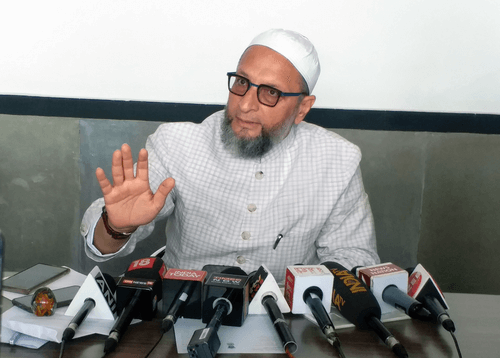India's maternal mortality ratio dropped by 70% from 2000 to 2020
Sat 12 Oct 2024, 22:53:54

India has reduced its Maternal Mortality Ratio (MMR) by 70% between 2000 and 2020. The United Nations Population Fund (UNFPA) recognised the country’s success as this feat brings India closer to achieving the Sustainable Development Goal (SDG) of an MMR below 70 before 2030.
Dr Natalia Kanem, Executive Director of UNFPA, felicitated Union Health Secretary Punya Salila Srivastava by presenting a plaque and certificate and underlined UNFPA’s unwavering commitment to partnering with India toward women’s health and well-being.
What is the Maternal Mortality Ratio?
Maternal Mortality Ratio (MMR) is a crucial health indicator that measures the number of maternal deaths per 1,00,000 live births. It reflects the risk of death a mother faces during pregnancy, childbirth, or within 42 days of the delivery.
A lower MMR is a sign of improved maternal health care and reflects the availability and quality of health services for women.
The Health ministry's initiatives, such as the Surakshit Matritva Aashwasan Yojana (SUMAN), which ensures respectful maternity care, and the Pradhan Mantri Surakshit Matritva Abhiyan (PMSMA), which focuses on providing comprehensive antenatal care to pregnant women, have helped lower the
ratio.
ratio.
INDIA'S MATERNAL MORTALITY RATIO PROGRESS
According to a UN report released earlier this year, India's MMR declined by 6.36%, which is three times higher than the rate of global decline.
The report, titled 'Trends in maternal mortality 2000 to 2020', revealed that MMR of India has declined from 384 in 2000 to 103 in 2020 whereas Global MMR has declined from 339 in 2000 to 223 in 2020.
The average annual rate of reduction in global MMR during the 2000 to 2020 period was 2.07% while India's MMR has declined by 6.36%, which is higher than the global decline.
This progress in MMR reduction is particularly notable for marginalised communities, where maternal health challenges are often more severe. Through targeted interventions, India has not only improved maternal care but also ensured that essential family planning services are accessible, according to the health ministry.
The Total Fertility Rate (TFR) has also been reduced to below the replacement level, showcasing the success of family planning programs, which now include advanced contraceptive options like subdermal implants and injectable Depot Medroxyprogesterone Acetate (DPMA), which is a hormone medicine for birth control.
No Comments For This Post, Be first to write a Comment.
Most viewed from Health
AIMIM News
Latest Urdu News
Most Viewed
May 26, 2020
Do you think Canada-India relations will improve under New PM Mark Carney?
Latest Videos View All
Like Us
Home
About Us
Advertise With Us
All Polls
Epaper Archives
Privacy Policy
Contact Us
Download Etemaad App
© 2025 Etemaad Daily News, All Rights Reserved.






























